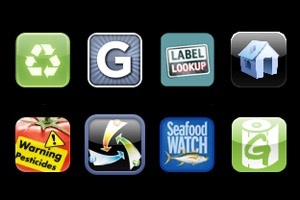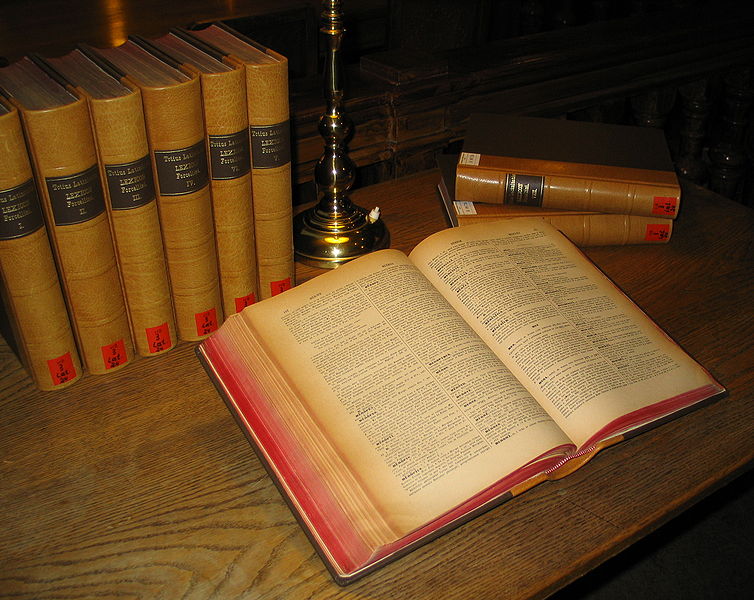
At last count, there were more than 100,000 applications for the iPhone. The vast majority are useless timesucks, but a few are environmentally-minded timesucks. Here are 10 free ones that are be worth taking a break from playing Tap Tap Revenge to check out:
iRecycle: Looking for a place to drop off tough-to-recycle stuff like bubble wrap or tennis balls? Type in your debris of choice and iRecycle will list nearby disposal spots. It can even suggest resting places for your iPhone—just in case it breaks after falling from your cold, dead hands. (If you live in the San Francisco Bay Area, EcoFinder is an excellent alternative.)
GoodGuide: This app’s built-in bar-code scanner is pretty nifty. Snap the UPC symbol on, say, a box of cereal, and voila—you’ll get its scores from GoodGuide, a website that rates products’ health, environmental, and social impacts. You can also search its online database of more than 70,000 items.
Seafood Watch: A handy app for getting the dirt on the catch of the day, sponsored by the Monterey Bay Aquarium. Includes a sushi guide filled with dismaying facts such as the true origins of unagi. Eel farms? Say it isn’t so!
Label Lookup: Eco-labels are supposed to make shopping easier, but they can be downright baffling. This app from the Natural Resources Defense Council makes it easy to look-up labels on the fly and get a quick sense of which ones are the real deal and which ones are covering something up. (Or just print and save MoJo‘s eco-label guide.)
Walk Score: Like the site of the same name, this app will calculate the walkability of any spot—essentially, how close it is to public transportation, shopping, parks and more. Rate your hood or find a nice place for a stroll.
Pollution: Before you head out, why not check your neighborhood’s breathability? This app maps known sources of air, water, and ground pollution in 1,380 cities (based on EPA and other public data). It also shows current air quality ratings. (For a similar, less data-heavy app, check out GreenSpace Map.)
What’s on My Food?: Does your kale contain tebufenozide? This unappetizing app lets you look up a range of conventionally grown and organic produce and see which carcinogens, hormone disruptors, or neurotoxins might be in them. (For a similar but less chemistry-intensive app, check out Environmental Working Group’s Dirty Produce.)
Green Gas Saver: There’s a bunch of apps that use the iPhone’s built-in accelerometer to rate how efficiently you drive. It’s got a cheesy interface, and who knows how accurate it is, but the Green Gas Saver is a fun way to see if you’re a potential hypermiler. Just resist the temptation to actually look at it while you’re behind the wheel. (For a similar but more stripped-down app/advertisement, check out Honda’s InsightDrive.)
Greenpeace Tissue Guide: This app rates paper products from TP to paper towels based on their recycled content and how they’re bleached. Think of it as virtually squeezing the Charmin (which gets an “avoid” rating for being entirely made from new paper and bleached with chlorine).
Instapaper Free: It’s not marketed as an eco-app, but Instapaper is an easy way to cut down on printing out articles that you read once and then throw away. Sign up for a free account and you can convert any story in your web browser into an “instapaper” that will be downloaded to your iPhone for later reading. What’s more important, a tree or your eyesight?













